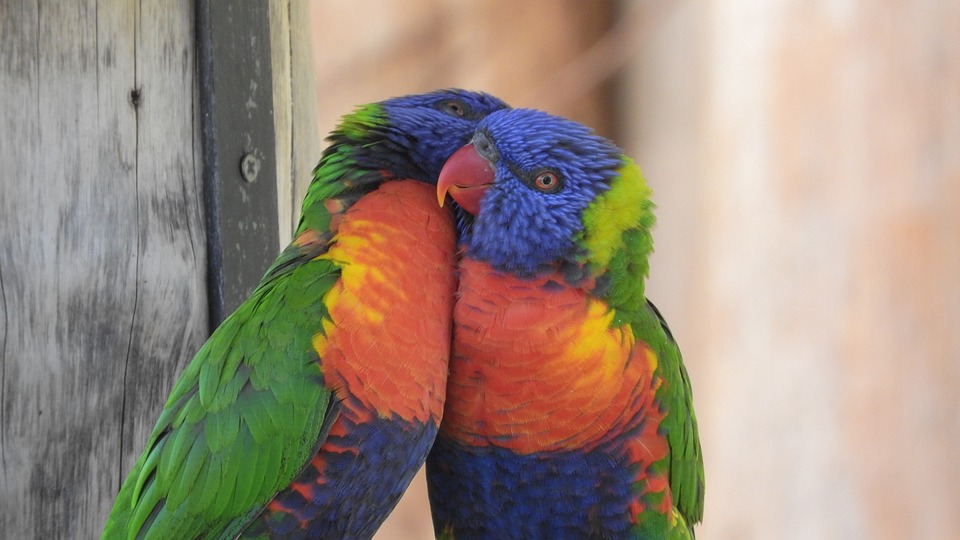Parrots are known for their vibrant feathers and intelligent nature, making them fascinating pets for bird enthusiasts. However, it is crucial to understand their behavior, especially when introducing them to a new cage setup. This article aims to delve into the various aspects of parrot behavior and how they respond to changes in their environment.
The significance of a parrot’s cage setup cannot be emphasized enough. The cage serves as their safe haven, providing security and comfort. It is essential to provide a cage setup that caters to their specific needs, such as appropriate perch sizes, toys for mental stimulation, and a well-balanced diet. Neglecting these elements can lead to behavioral issues and negatively impact their overall well-being.
When introducing a parrot to a new cage setup, their initial reactions can vary. Some parrots may display curiosity and exploration, eagerly investigating their new surroundings. Others may experience fear and anxiety, especially if they are not accustomed to change. It is not uncommon for parrots to exhibit aggression and territorial behavior when faced with a new cage setup, as they perceive it as a potential threat to their territory.
Adapting to a new cage setup requires a step-by-step approach. Gradual introduction of changes is key to ensuring a smooth transition. Start by adding a few new elements to the cage and observe the parrot’s reaction. It is crucial to ensure familiarity and comfort by incorporating familiar toys or perches from the previous setup. Establishing a routine can also help parrots adjust, as they thrive on consistency and predictability.
Stress is a common issue that parrots may experience when faced with a new cage setup. It is important for owners to be aware of the signs of stress in their parrots. Feather plucking and self-mutilation are common manifestations of stress, indicating that the parrot is not coping well with the changes. Loss of appetite and weight loss can also be signs of stress, as well as excessive vocalization and aggression. These signs should not be ignored and should be addressed promptly to ensure the well-being of the parrot.
To address frequently asked questions, it is important to note that the time it takes for a parrot to adjust to a new cage setup can vary. Some parrots may adapt quickly, while others may take longer. It is essential to be patient and provide a supportive environment during this transition period.
Specific cage setup recommendations to minimize stress include incorporating natural elements such as branches or ropes for perching, providing a variety of toys for mental stimulation, and ensuring proper nutrition. These elements can help create a stimulating and enriching environment for the parrot.
Signs that indicate a parrot is happy with its new cage setup include active engagement with toys, regular eating habits, and a calm demeanor. These signs demonstrate that the parrot feels comfortable and content in its environment.
If a parrot shows signs of aggression towards the new cage setup, it is crucial to address the issue promptly. This can be done by observing the parrot’s behavior closely and ensuring that any potential triggers, such as perceived threats or inadequate space, are addressed. Seeking advice from a professional avian behaviorist may also be beneficial in managing and resolving aggression issues.
A parrot’s behavior can indeed change due to a new cage setup. They are highly adaptable creatures, and changes in their environment can influence their behavior. It is essential to monitor their behavior closely and make adjustments as necessary to ensure their well-being.
In conclusion, understanding parrot behavior is vital for creating a harmonious living environment for these intelligent birds. By being aware of their initial reactions to a new cage setup and following a step-by-step guide for adaptation, we can help minimize stress and promote their overall well-being. Patience and gradual changes are key to a successful transition. By addressing frequently asked questions, we hope to provide clarity and guidance for parrot owners, enabling them to create a comfortable and enriching home for their feathered companions.









